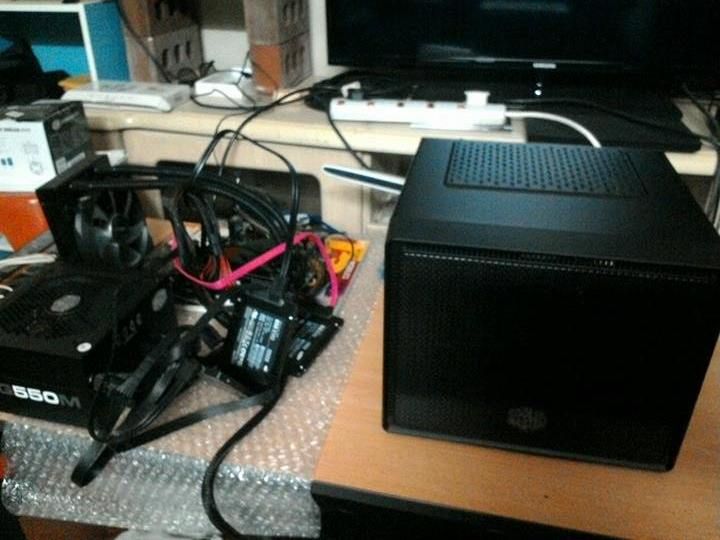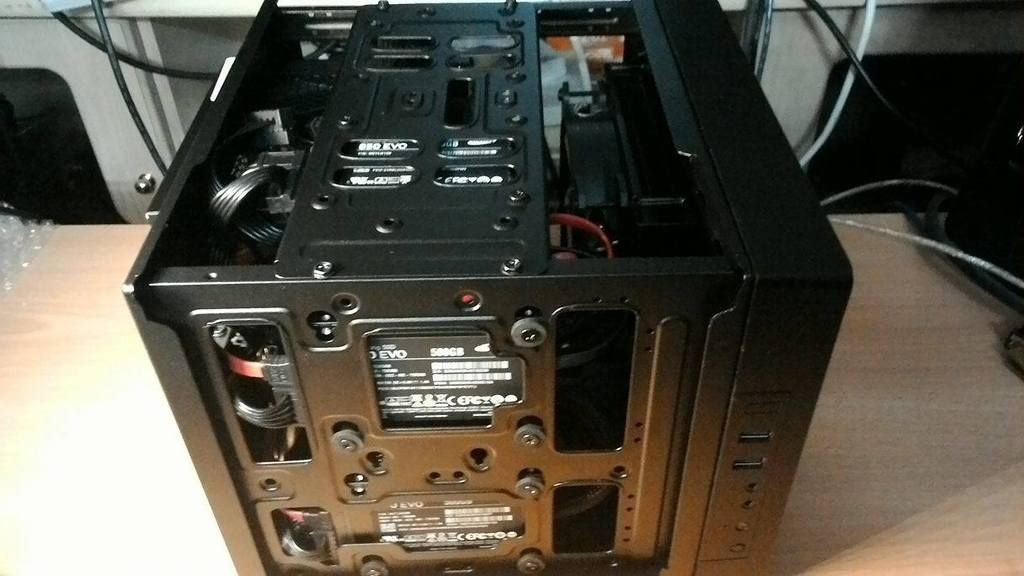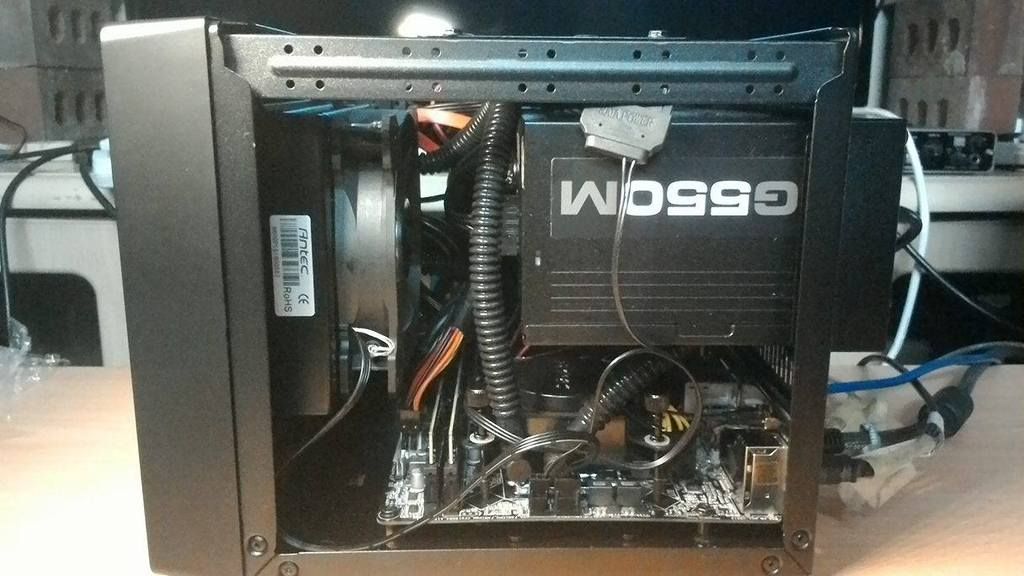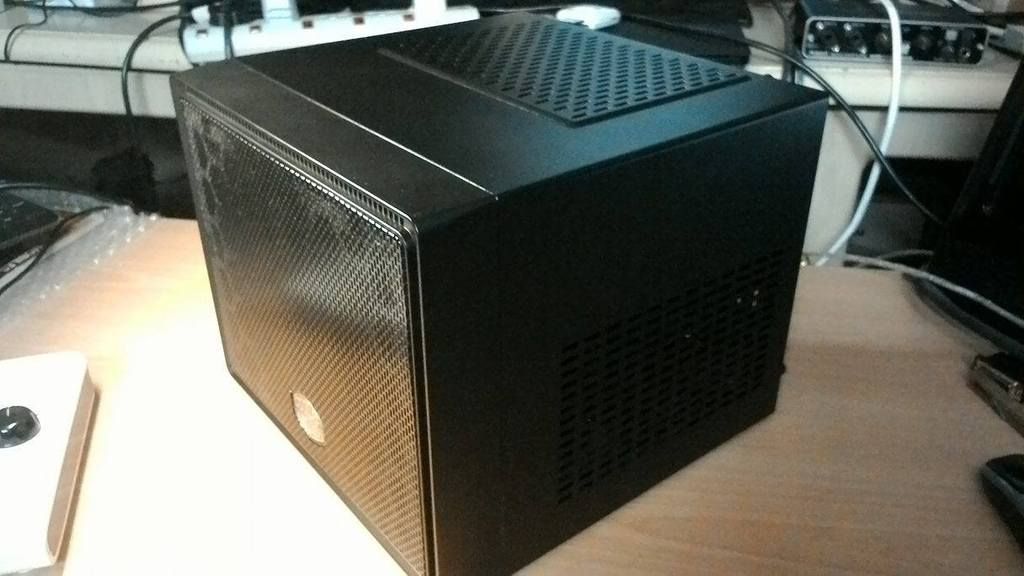Sometime around May, the HDD of my trusty i7 2600K DAW which I built around 2011 crashed. It was a hard crash with no sign of wear and tear, no disk noise, no bad sector warning. It was working all the way till I tried to access the SD card reader and the PC was not responding. The HDD was dead upon a reboot.
Just about a week before the crash, I was so lucky that I did some folder management by moving the project folder of the above HDD to another drive. It contains all my projects since Sonar X1. Phew.. I did lose other data but those are not as important.
I was also thinking about building another system that is small enough for me to carry it out to site. I was looking at the Gigabyte Brix, Zoltac ZBox, Intel NUC, notebook, etc.. but I do really want something with an i7 6700K or 4690K.
I got in touch with Jim Roseberry for consultation and to help gather and test the CPU, motherboard and memory and to ship it to me for further assembly. Since I'm half a globe away, it would be more affordable for me to buy the other parts locally.
So, I've just finished assembling my new DAW :-
CPU i7 6700K / Asrock Z170 mini ITX MB / 16GB memory
1x Samsung Evo 850 120GB SSD - Windows 10 Pro boot drive
2x Samsung Evo 850 500GB SSD setup as raid 0, total space of 1TB - Program / Data / Samples
Antec H600 Pro liquid CPU cooler
Cooler Master PSU G550M
Cooler Master Elite 110 case
I've got some older PC slim cases lying around - but after some trials and errors with the cooling system and getting a standard size PSU, I've decided to get a new Cooler Master Elite 110 case. The space inside is very tight but the extra case fan added to the liquid CPU cooler fan does the job effectively.
If you're looking for a system and is undecided, I do recommend you to get in touch with Jim Roseberry for his good consultation service.
--------------some pictures-------------
Test setup - scratching my head how to put all the stuff inside the casing :)

3 SSD, barely noticeable and very light weight compared to HDD.

Very tight space but the double fans sandwiching the liquid radiator (the front one hidden in view) does the job effectively blowing air out to the front.

Modular power supply - but I ended up using all the 3 supplied cables.

Small DAW and not that heavy - most of the weight comes from the PSU and liquid CPU cooler.
